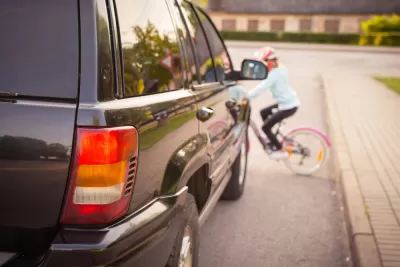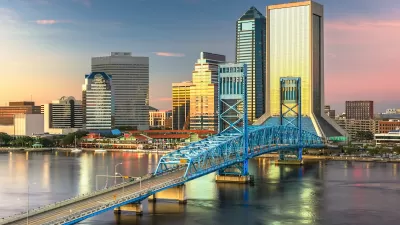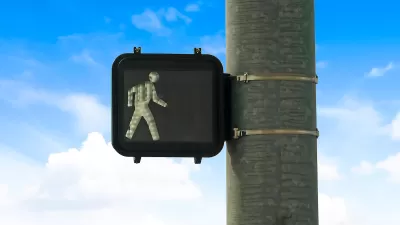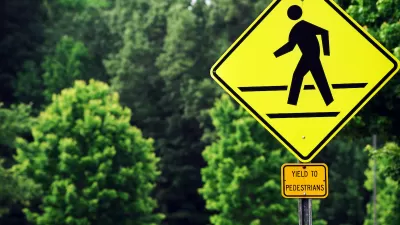Despite an abundance of Vision Zero pledges, U.S. roads remain some of the most dangerous in the developed world.

Writing in the New York Times, Emily Badger and Alicia Parlapiano examine why road deaths in the United States continue to diverge from other developed countries, where traffic fatalities are on the decline.
“In 2020, as car travel plummeted around the world, traffic fatalities broadly fell as well. But in the U.S., the opposite happened,” the authors write. “Much of the familiar explanation for America’s road safety record lies with a transportation system primarily designed to move cars quickly, not to move people safely.” But there are other factors. The article outlines other reasons that converge to make U.S. roads so deadly.
In the 1990s, safety innovations made cars safer around the world. But as the article points out, “as cars grew safer for the people inside them, the U.S. didn’t progress as other countries did to prioritizing the safety of people outside them.” While other countries prioritized pedestrian and cyclist safety, the United States ignored non-drivers in safety tests and infrastructure projects.
More recently, “The pandemic made more apparent how much American infrastructure contributes to dangerous conditions, in ways that can’t be easily explained by other factors.”
Polly Trottenberg, former New York City’s transportation commissioner, says a stronger sense of urgency is needed to make the necessary changes. “We need to change the culture that accepts this level of death and injury.”
FULL STORY: The Exceptionally American Problem of Rising Roadway Deaths

Planetizen Federal Action Tracker
A weekly monitor of how Trump’s orders and actions are impacting planners and planning in America.

San Francisco's School District Spent $105M To Build Affordable Housing for Teachers — And That's Just the Beginning
SFUSD joins a growing list of school districts using their land holdings to address housing affordability challenges faced by their own employees.

The Tiny, Adorable $7,000 Car Turning Japan Onto EVs
The single seat Mibot charges from a regular plug as quickly as an iPad, and is about half the price of an average EV.

Seattle's Plan for Adopting Driverless Cars
Equity, safety, accessibility and affordability are front of mind as the city prepares for robotaxis and other autonomous vehicles.

As Trump Phases Out FEMA, Is It Time to Flee the Floodplains?
With less federal funding available for disaster relief efforts, the need to relocate at-risk communities is more urgent than ever.

With Protected Lanes, 460% More People Commute by Bike
For those needing more ammo, more data proving what we already knew is here.
Urban Design for Planners 1: Software Tools
This six-course series explores essential urban design concepts using open source software and equips planners with the tools they need to participate fully in the urban design process.
Planning for Universal Design
Learn the tools for implementing Universal Design in planning regulations.
Smith Gee Studio
City of Charlotte
City of Camden Redevelopment Agency
City of Astoria
Transportation Research & Education Center (TREC) at Portland State University
US High Speed Rail Association
City of Camden Redevelopment Agency
Municipality of Princeton (NJ)





























